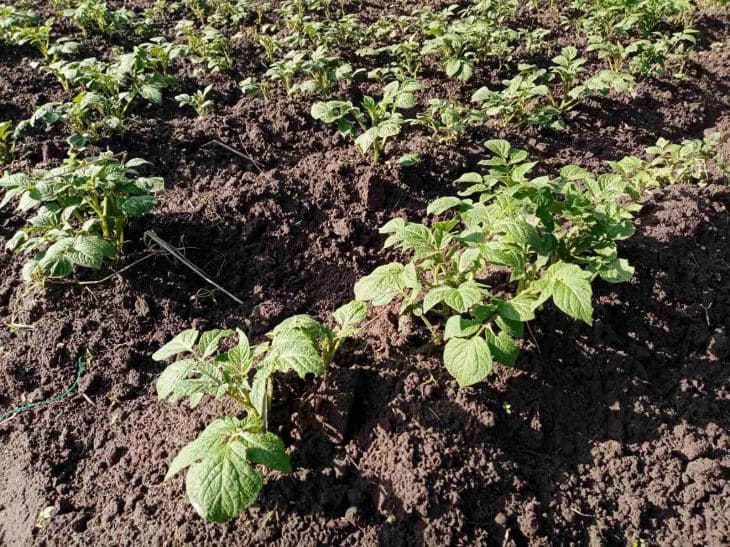Planting crops in the garden: 4 rules
Why is it necessary to rotate crops on a plot?
When growing a crop in one place for several years, this leads to soil depletion and, as a consequence, a significant reduction in yield and the accumulation of diseases characteristic of this type.
To correct this result, you need to know four simple points:
- crop rotation;
- compatibility with plants;
- pests and diseases;
- reaction to lime and manure.
When planting crops, avoid placing plants of the same family next to each other. For example, tomatoes and potatoes belong to the same nightshade family and can therefore be susceptible to the same diseases.
Both of these crops are affected by late blight. To prevent the disease from being transmitted from one plant to another, they should be planted further apart, with favorable neighbors between them: cabbage, cucumbers, legumes.

Onions and garlic get along well with cabbage, radishes and green peas, sweet peppers - with cucumbers, carrots, beets, cabbage.
For example, a common pest on strawberries, potatoes, cabbage, cucumbers is a slug that damages the fruit and initiates rotting; on potatoes, beets, and carrots - wireworms.
Adding lime to the soil and manure changes its properties and composition. All plants react to this differently, so you need to know which crops to use so as not to harm the plants.
Pumpkin crops and cabbage varieties, as well as early ones, love manure fertilization and grow and develop well.
Root crops and legumes respond well to liming in the fall.
Potatoes, onions and carrots are the most disease resistant when grown in the same place the previous year. Other crops, when grown in the same place, have significantly lower yields each year and are more susceptible to disease.
To preserve the harvest on the plot, it is important to follow all these simple rules, i.e. use simple and correct agricultural techniques. There is nothing complicated about it.
If you place plants correctly in the garden, there will be no diseases and the number of pests will be significantly reduced; in some cases, you will not need to use special preparations.
